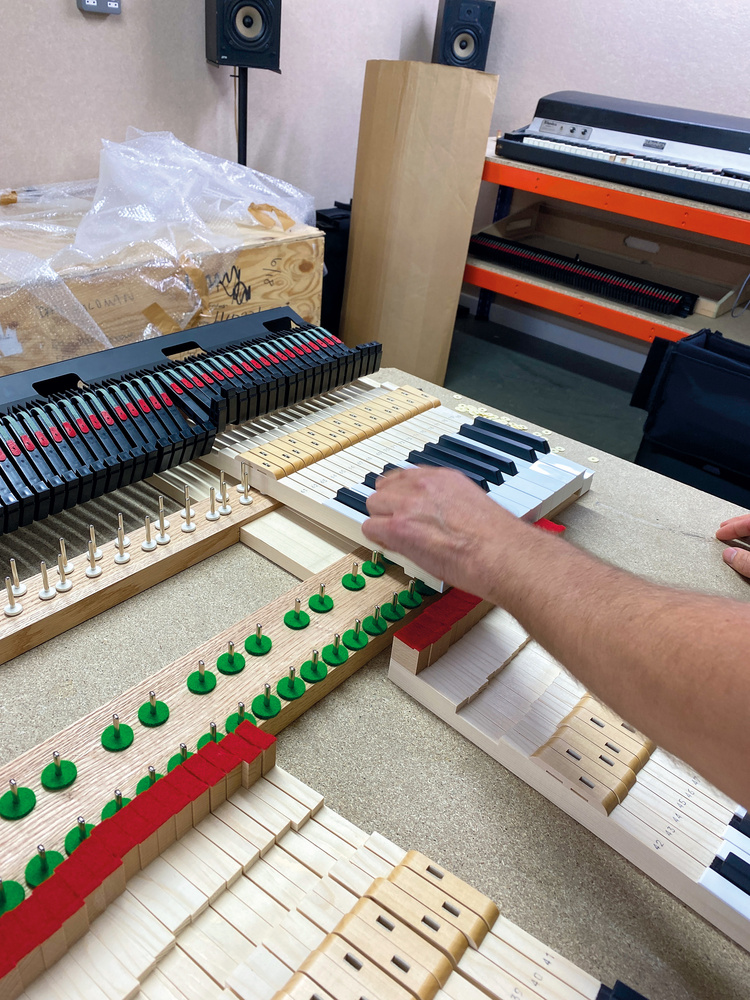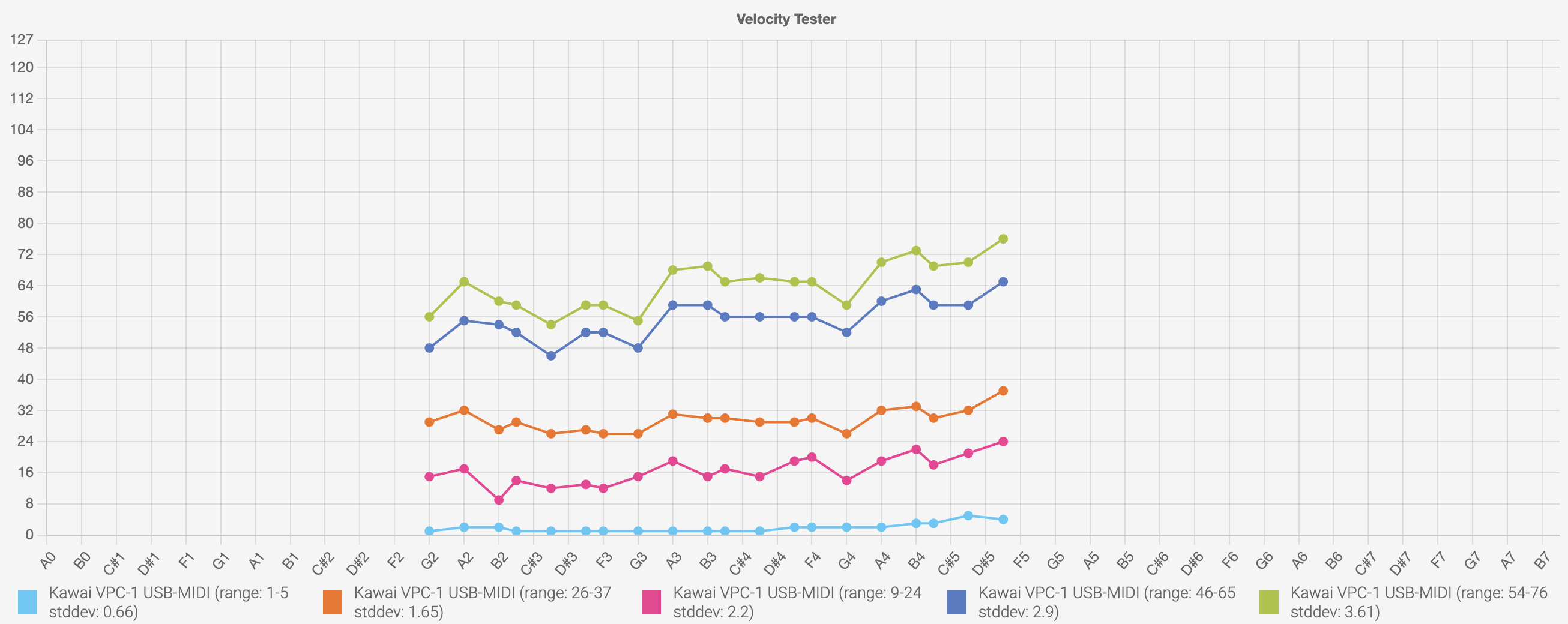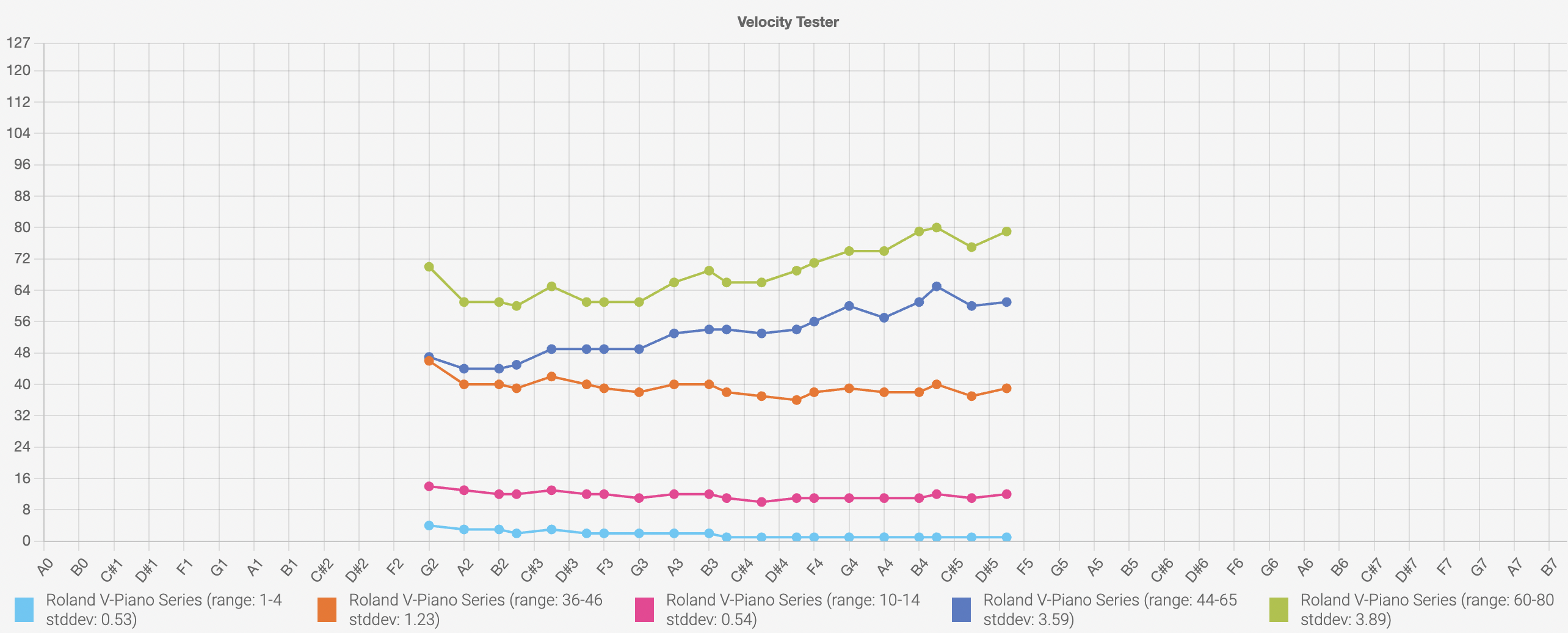Ecaroh wrote:Hi all!
VPC1 with RM3 Grand II Hammer action
MP-11 with Grand Feel (GF) Wooden-Key Action
MP-7 with RH3 keyboard
recurring to my experience, played really quite a lot, but never professionally, so I could have fun as I liked it, even when some years ago I left off classical repertoire behind ...
had for many years the MP8, played a lot, up to having had keys to repair - but I won' t complain as I played really a lot and heavily, throughout years. After repair (replacement of some small plastic pads) the MP8 went to the younger ones in the family.
Have an old acoustic upright for comparison, mechanics about from the 1930s. played until it had to be repaired more seriously. Found a nice workshop, they did it for reasonable money (these days now you're well be up from 1000 EURs for such a job as I was told).
Had as well comparison with a well maintained Yamaha school grand piano, much newer and much more accurate than the old upright.
Then came the MP8, and I did not need to refer to that school grand piano anymore, and MP8 was in all regards better than the repaired old upright. Ok not the direct acoustic approach, but one cannot have each and everything.
Then I found an MP11 (not SE), but I never got acquainted with it. MP8 had asked for solid training of the fingers, as did the school grand piano (the uptright being a bit softer to play). Say. MP11 played more kind like a Bösendorfer, far too easy for my taste, and as well, additionally, too long the stroke when pressing the keys. Having played for years in a different style, this would not fit, whatever all the nice references for this instrument have to say.
So there it went, some young persons needed an instrument for to learn and to practise.
Came along the VPC1. and voilã, this is, where I took off with the MP8, quite the same in characteristics for playing again. So contrary to the MP11 you need a bit more of training in the fingers. Which comes in really helpful, when being accustomed to this.
Quite long ago there was a Schimmel grand piano for me to play sometimes, and for this as well you have touch it with quite some real power, if you want to hear something, this reminds me to the characteristics of MP8 and VPC1 (as opposed to Boesendorfer or MP11),
Ok. and contrary to the MP8 and MP11, VPC1 is not a computer with an attached keyboard, but only the latter one, much appreciated. Had all the times had a blanket on all that buttons and lights on top of the intrument, played just with the dummy setup, so no need for all those buttons and lights anyway.


